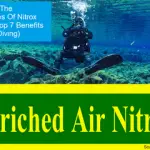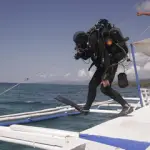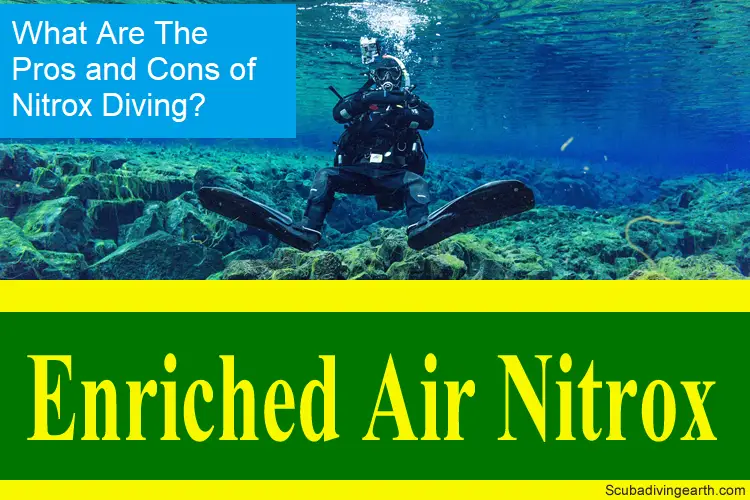
After writing about the advantages of Nitrox diving, I thought it made sense to look at the pros and cons of Nitrox diving too.
Nitrox diving means the gas in your dive tank has a higher percentage of oxygen and a lower percentage of nitrogen. Recreational Nitrox usually contains anything between 32% to 40% oxygen (see table below for a Nitrox bottom time calculator).
The best way to do more diving is to book yourself on a scuba diving liveaboard. You can check the latest and best deals on liveaboards using the following window:
Pros and cons of Nitrox diving?
As with most things, where there are pros there will always be cons too.
The pros of nitrox diving include:
The following are what’s considered the pros of using nitrox for scuba diving:
Pro #1: Extended bottom time
Nitrox diving lowers the percentage of nitrogen, which means less nitrogen is absorbed by the diver’s body on any given dive. The lower nitrogen content allows divers to extend their no-decompression stop limits.
Pro #2: Reduced risk of decompression sickness
Nitrox gas has a lower percentage of nitrogen, which means diving on Nitrox reduces the risk of decompression sickness (DCS). But you must still ascend from your dive slowly and safety stop at 5-6 metres (15 to 20 feet) before you surface.
Pro #3: Shorter surface intervals
Diving on Nitrox means you absorb less nitrogen during the dive, which means your surface interval times can be reduced between dives.
Pro #4: Reduced exhaustion
Scuba divers often report feeling less tired after diving on Nitrox, which is thought to be because of the higher percentage of oxygen. But could also be due to the reduced levels of nitrogen absorption too.
Pro #5: Lower risk on repetitive diving
Diving on Nitrox reduces overall levels of nitrogen absorption on any given dive. This means that on repetitive dives the overall nitrogen build-up will be less. As a result this will reduce the risks associated with the build-up of nitrogen in the body after repeated diving.
This is particularly beneficial when diving on a liveaboard as you tend to dive multiple times every day.
Pro #6: Improved safety for older divers
If older divers (i.e. aged 50+) have a lower percentage of nitrogen in the gas they breathe on a dive it will mean their ‘older’ bodies will have less nitrogen to off-gas. As you age your body becomes less efficient, which may mean it will become less efficient at off-gassing.
Pro #7: Increased safety margin
If you plan your dive using non-Nitrox tables, but dive with a higher oxygen mix, you increase your no-decompression stop limit. Be careful to follow the partial pressure oxygen limits when Nitrox diving. See Nitrox table below.
To read more about the benefits of Nitrox diving, please read this article about the advantages of diving on nitrox.
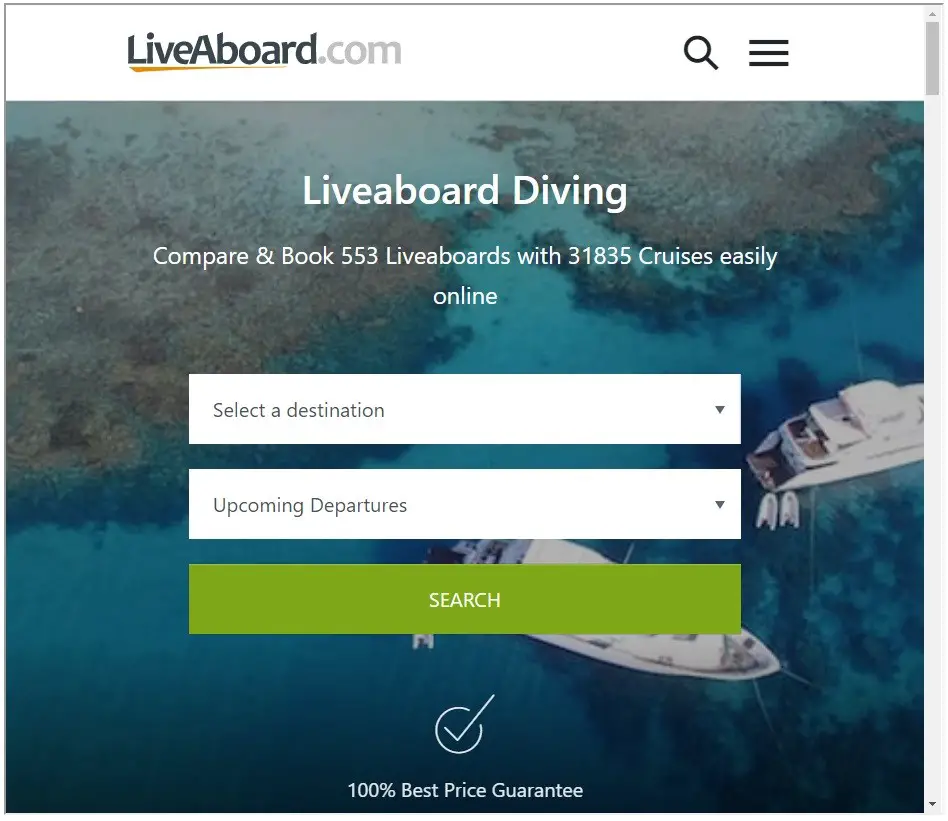
The cons of nitrox diving include:
The following are what’s considered the cons of using nitrox for scuba diving:
Con #1: Cost
Nitrox is expensive. In comparison to a regular air fill a nitrox gas filled tank is more expensive.
Not only is Nitrox more expensive, but you need to pay for a Nitrox course before you can dive on Nitrox. You’ll also need to buy a Nitrox Analyser to check your nitrox mix.
Con #2: Depth limits
The higher Nitrox percentage (which means a higher percentage of oxygen) the more your dive depth is limited. See the Nitrox depth table below.
Con #3: More complicated
Using mixed gases like Nitrox and analysing them before you dive using a Nitrox Analyser makes diving a bit more complicated. But once you become more experienced at checking your Nitrox gas mixes this does become easy.
Con #4: A wasted benefit
If your diving buddy doesn’t also dive on Nitrox, the benefits of Nitrox diving may not be the same. For example, if your dive buddy is diving on Nitrox 21 (I.e. regular air) and you are diving on Nitrox 36, you’ll need to dive to your dive buddy’s dive profile and not yours.
More Reading: How do I get a dive buddy? (6 easy ways to find a dive buddy)
Con #5: Not always available
Nitrox is not always available where you dive. For example, Nitrox is not always available on liveaboard boats. Check this before you book your liveaboard or resort trip.
Table of dive liveaboards
This list of liveaboards is in descending customer rating order, followed by Scuba Diving Luxury Rating (SDE Lux Rating, see below), so the liveaboards with the highest customer rating and the best SDE lux rating will be at the top of the list. If you want to change the list order, use the “Sort by” dropdown below.
| Discover Liveaboard | Customer Rating | SDE Lux Rating % | Flexible Booking | Dive Courses | Dietary Requirements | Nitrox | Country | |
|---|---|---|---|---|---|---|---|---|
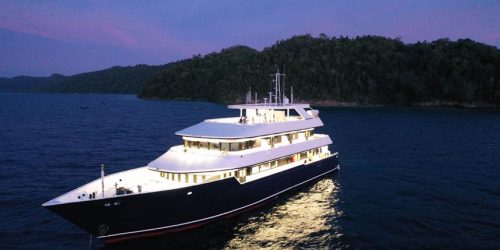 |
Review: MV Seaisee; Book: MV Seaisee | 10 | 90% | YES | NO | YES | YES | Indonesia |
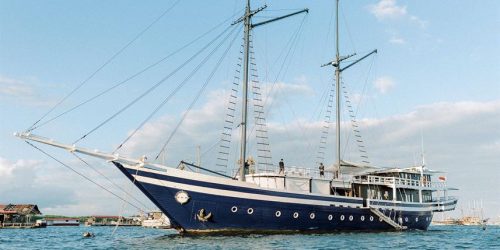 |
Review: Scubaspa Zen; Book: Scubaspa Zen | 10 | 88% | YES | YES | YES | YES | Indonesia |
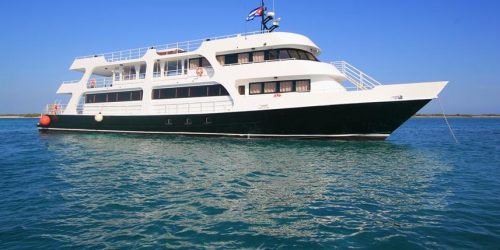 |
Review: Jardines Avalon Fleet - Charter Only; Book: Jardines Avalon Fleet - Charter Only | 10 | 83% | YES | NO | YES | YES | Cuba |
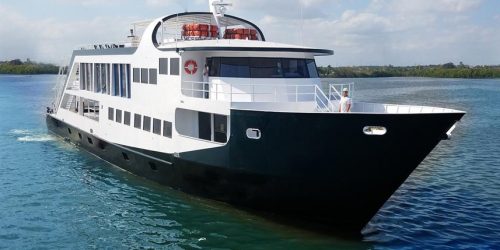 |
Review: Jardines Avalon Fleet; Book: Jardines Avalon Fleet | 10 | 83% | YES | NO | YES | YES | Cuba |
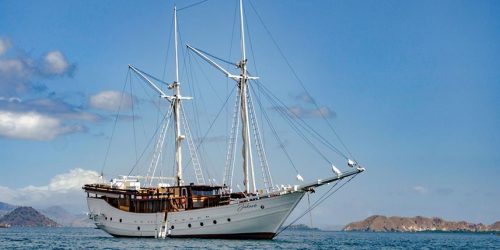 |
Review: Jakaré; Book: Jakaré | 10 | 81% | YES | YES | YES | YES | Indonesia |
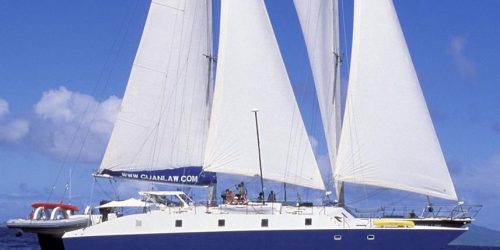 |
Review: All Star Cuan Law; Book: All Star Cuan Law | 10 | 79% | YES | YES | YES | NO | Virgin Islands |
 |
Review: Leyla; Book: Leyla | 10 | 73% | YES | YES | YES | NO | Indonesia |
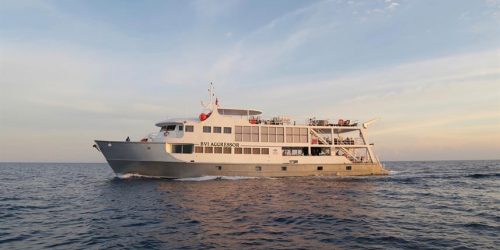 |
Review: BVI Aggressor; Book: BVI Aggressor | 10 | 71% | NO | YES | YES | YES | Virgin Islands |
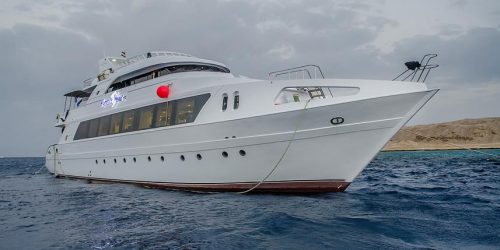 |
Review: MY Hammerhead I; Book: MY Hammerhead I | 10 | 71% | YES | YES | YES | YES | Egypt |
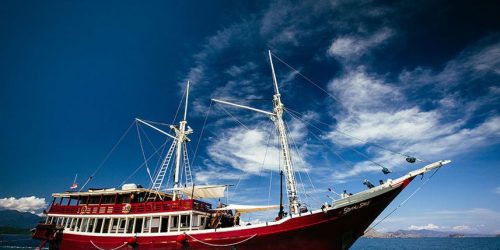 |
Review: Seven Seas; Book: Seven Seas | 10 | 71% | NO | NO | YES | YES | Indonesia |
The Scuba Diving Earth Luxury Rating (SDE Lux Rating) is explained on each liveaboard review when you click the “Discover Liveaboard” link, and is my own Liveaboard Luxury Rating I’ve assigned to all liveaboards. Choosing between liveaboards is helped by customer scores, and if you get stuck choosing between two or three liveaboards, where each one has a high customer score out of 10, you can use the SDE Luxury Rating to help narrow down your choice.
Think about it like using Booking.com when searching for the best hotel. Booking.com also use a customer score where each customer rates hotels out of 10. This is similar to the liveaboard customer rating, which is also rated out of 10. But let’s say you only like to stay in hotels rated 8 and above on Booking.com, but you also want the hotel to have WIFI or parking, or to have a swimming pool etc. The features each hotel has is usually secondary to the score out of 10.
Con #6: Dive computer compatibility
You may already have a dive computer before you learn to dive with Nitrox. If this dive computer isn’t compatible with Nitrox diving you’ll need to buy a new nitrox-ready dive computer at further cost.
Con #7: Greater risk of oxygen toxicity
Nitrox gas mixes become more toxic at shallower depths than regular air. This means there’s a greater risk of oxygen toxicity when Nitrox diving.
To read more about the cons of Nitrox diving, please read this article about the disadvantages of diving on nitrox.
Nitrox bottom time calculator table
| Depth Metres (MSW) | Depth Feet (FSW) | Minutes of bottom time on 21% Oxygen BSAC Dive Tables | Minutes of bottom time on 21% Oxygen PADI Dive Tables | Minutes of bottom time on 21% Oxygen NAUI Dive Table | Nitrox 28% Oxygen (Max No Stop Time) | Nitrox 30% Oxygen (Max No Stop Time) | Nitrox 32% Oxygen (Max No Stop Time) | Nitrox 34% Oxygen (Max No Stop Time) | Nitrox 36% Oxygen (Max No Stop Time) | Nitrox 38% Oxygen (Max No Stop Time) | Nitrox 40% Oxygen (Max No Stop Time) |
|---|---|---|---|---|---|---|---|---|---|---|---|
| 12 | 40 | 122 | 140 | 130 | 232 | 232 | 371 | 371 | 371 | 354 | 354 |
| 15 | 50 | 74 | 80 | 80 | 125 | 125 | 163 | 163 | 232 | 232 | 260 |
| 18 | 60 | 51 | 55 | 55 | 74 | 92 | 92 | 125 | 125 | 163 | 163 |
| 21 | 70 | 37 | 40 | 45 | 48 | 60 | 60 | 74 | 92 | 92 | 125 |
| 24 | 80 | 30 | 30 | 35 | 48 | 48 | 48 | 48 | 60 | 60 | 74 |
| 27 | 90 | 24 | 25 | 25 | 39 | 39 | 39 | 48 | 48 | Exceeds 1:40 Po2 LIMIT | Exceeds 1:40 Po2 LIMIT |
| 30 | 100 | 20 | 20 | 22 | 30 | 30 | 30 | 39 | Exceeds 1:40 Po2 LIMIT | Exceeds 1:40 Po2 LIMIT | Exceeds 1:40 Po2 LIMIT |
| 33 | 110 | 17 | 16 | 15 | 25 | 25 | 30 | Exceeds 1:40 Po2 LIMIT | Exceeds 1:40 Po2 LIMIT | Exceeds 1:40 Po2 LIMIT | Exceeds 1:40 Po2 LIMIT |
| 40 | 130 | 12 | 10 | 8 | 15 | Exceeds 1:40 Po2 LIMIT | Exceeds 1:40 Po2 LIMIT | Exceeds 1:40 Po2 LIMIT | Exceeds 1:40 Po2 LIMIT | Exceeds 1:40 Po2 LIMIT | Exceeds 1:40 Po2 LIMIT |
Exceeds 1:40 Po2 LIMIT: The partial pressure limit of oxygen is exceeded at that depth (see "How does oxygen toxicity occur" below).
Notes:
The depths and times in this table have been based on BSAC/PADI air dive tables and the National Oceanic and Atmospheric Administration NOAA nitrox tables. This has been done for comparison purposes only and this should not be used to plan or carry out your dive. Please use the tables associated with your diver training or use a dive computer for your dive times. Nitrox 32% and Nitrox 36% oxygen mixes are the most common nitrox mixes used by nitrox divers.
I hope you enjoyed this article about the pros and cons of Nitrox diving
I’d love to hear from you. Tell us about your adventures of diving and snorkeling, in the comments below. Please also share your photos. Either from your underwater cameras or videos from your waterproof Gopro’s!
If this article hasn’t answered all of your questions. If you have more questions either about snorkeling or scuba diving (or specifically about the pros and cons of Nitrox diving), please comment below with your questions.
There will also be many more articles about scuba diving (and snorkeling) for you to read and learn about these fabulous sports.
Have fun and be safe!
#NitroxProsCons



